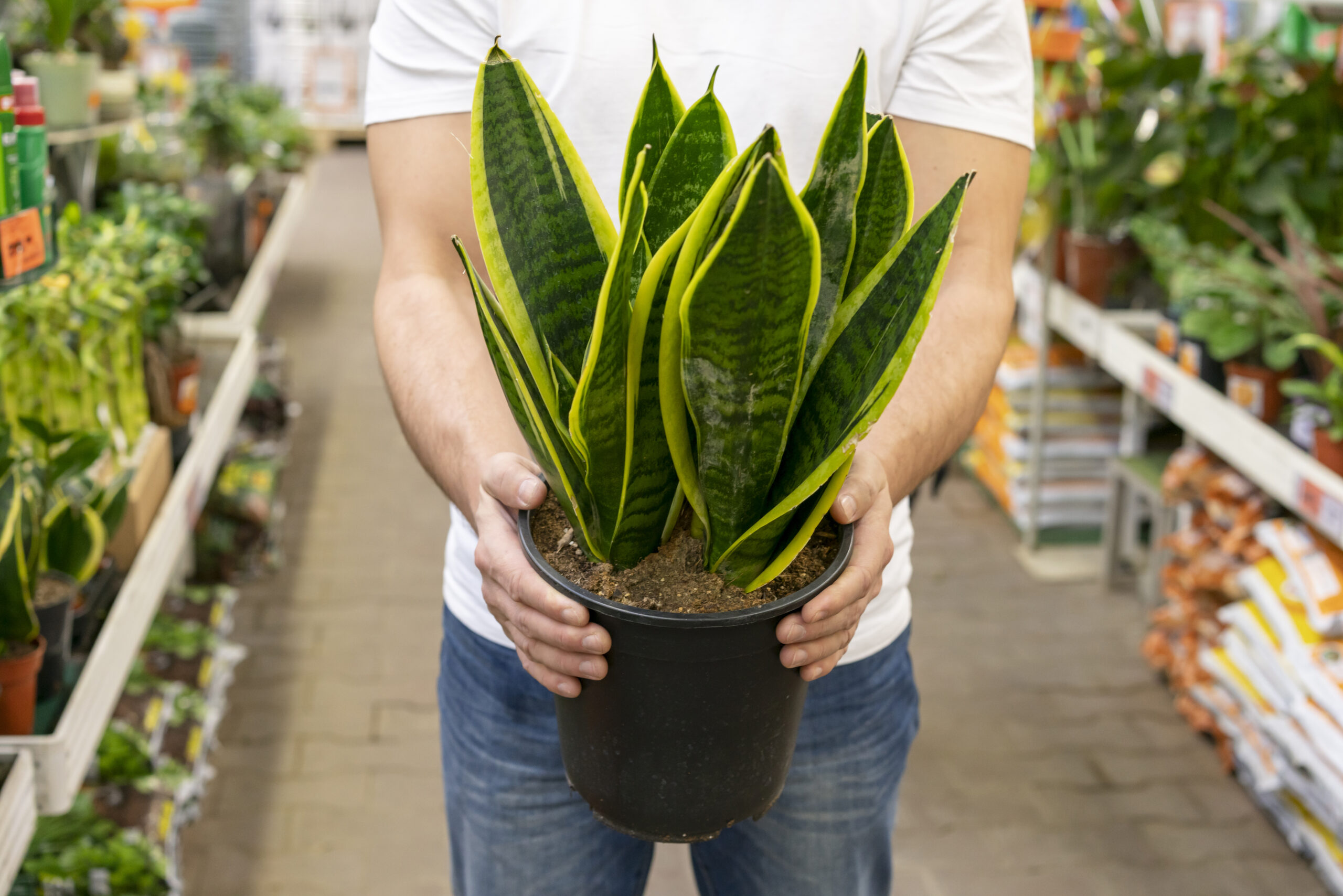- LIFE
The Very Best 50 Great Compliments for Girls


Snake plants—also known as Sansevieria, Dracaena trifasciata, or Mother-in-law’s Tongue—are some of the easiest and most attractive houseplants to grow. With their tall, upright leaves and low-maintenance nature, they’re perfect for both beginners and experienced plant lovers.
In this guide, you’ll learn exactly how to care for a snake plant, from watering and light requirements to soil, fertilizer, and common problems.
| Care Factor | Best Practices |
|---|---|
| Light | Prefers bright, indirect light but tolerates low light. Avoid prolonged harsh sunlight. |
| Watering | Allow soil to dry out completely before watering. Overwatering leads to root rot. |
| Soil | Use a well-draining mix such as cactus or succulent soil. Pots must have drainage holes. |
| Temperature | Keep between 60–85°F (16–29°C). Protect from cold drafts below 50°F (10°C). |
| Humidity | Average indoor humidity is sufficient. No misting required. |
| Fertilizer | Feed monthly in spring and summer with a balanced, diluted houseplant fertilizer. Stop during winter. |
| Repotting | Repot every 3–5 years or when roots outgrow the container. Terracotta pots work best. |
| Problem | Cause | Solution |
|---|---|---|
| Yellow leaves | Overwatering, poor drainage | Let soil dry completely; repot if needed. |
| Brown tips | Too much direct sun, low humidity, or fertilizer burn | Move plant to indirect light; flush soil; reduce fertilizer. |
| Wrinkled leaves | Underwatering | Water thoroughly until soil is evenly moist, then let it dry again. |
| Pests | Mealybugs or spider mites | Wipe leaves with damp cloth; use insecticidal soap if needed. |
How often should you water a snake plant?
Every 2–3 weeks in summer and about once a month in winter. Always let soil dry out completely before watering again.
Can snake plants survive in low light?
Yes, they tolerate low light but grow best in bright, indirect light.
Do snake plants need humidity?
No. Normal indoor humidity levels are perfect for snake plants.
How do you make a snake plant grow faster?
Provide bright, indirect light, well-draining soil, and monthly feeding during the growing season.
Snake plants are tough, stylish, and forgiving—making them one of the best houseplants for any home. With the right care—minimal watering, bright indirect light, and good drainage—they’ll thrive for years with little effort.